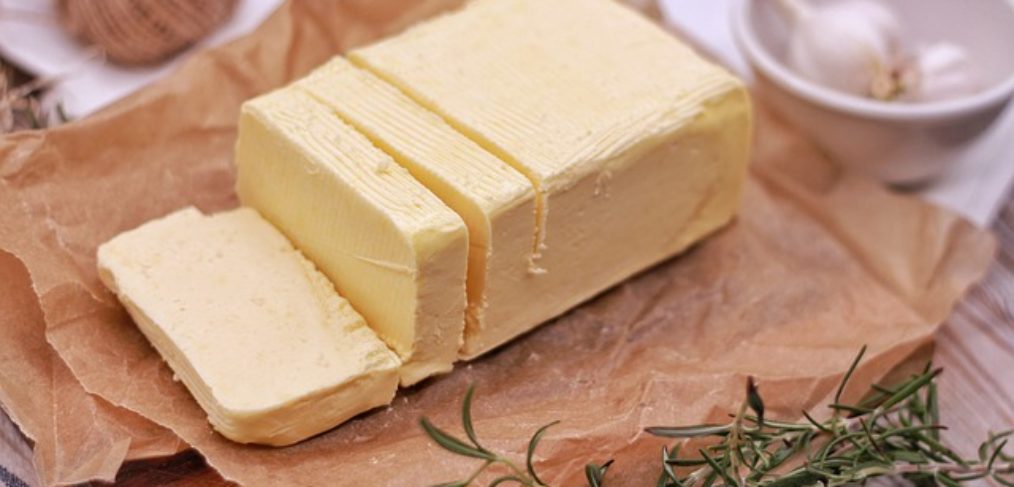
The Skinny on Fats
The 74 trillion cells of your body need fuel to do their work – of seeing, hearing, tasting, digesting, growing, hugging, loving, and all the other things you do as a human being.
These cells also need raw materials to repair themselves, and to reproduce. When you don’t have enough energy, that’s a sign that your cells are short on fuel.
Nutrition on a cellular level
Maybe you didn’t eat what they needed today, or maybe the supply line has been hijacked. That happens when the membrane around the cell is defective. Every cell is encased by a lipoprotein bi-layer. That’s fancy talk for a two-way window that passes nutrients in and toxins out. It’s made from fatty acids and proteins. For your body to make this bi-layer without appropriate fats would be like weaving a blanket without yarn.
Not only that, fats provide essential building blocks to produce vitamin D when sunlight hits your skin. And dietary fats enable you to absorb vitamins A, D, E, and K from food. So a low-fat diet is a low-vitamin diet! Certainly you can’t expect your cells to work for long without vitamins!
And what about energy production itself – the ATP cycle you learned about in your high school physiology class. You body can use ketones (from protein), glucose, or fatty acids.
Fatty acids are the most efficient way to run the ATP cycle. Ketones are used in extreme situations, but are not the body’s normal fuel choice. Glucose comes from carbohydrates and is the fuel your cells use when under stress. But glucose is like kindling. It burns hot and fast and extinguishes in an instant. It must be replenished constantly. So, fueling on glucose actually creates cravings! The body experiences a drop in blood sugars when the fuel runs out, and you feel exhausted and unsatiated.
Fats however, burn slowly and evenly. They create sustained energy. They tell the body that you feel satiated. They free you from dizziness, brain fog, and mood swings. They take you off the roller coaster and restore your energy.
Eating the Right Kinds of Fats
The big question about fats, then, is not whether to eat them, but rather which ones to eat. Some fats are definitely damaging. Consuming trans-fats and hydrogenated fats is like putting a pancake in a CD player – it just gums up the works!
Fats should be real! A real food occurs in nature, it is just one ingredient, you know where it comes from, and it works in harmony with your body as it has for thousands of years. Some such real fats include butter, ghee tallow, lard, coconut oil, olive oil, red palm oil, nuts, seeds, and avocadoes. Real oils are expeller-pressed and have not been exposed to high heat or chemicals.
Do not use cottonseed, canola, corn, or soybean oils, as these industrial seed oils are often made from genetically-modified seeds, contain high levels of pesticides, and have been processed with toxic chemicals. Do not use shortening or margarine, as they have been hydrogenated.
Try these five ways to get more healthy fat into your diet:
- Butter your vegetables. It helps absorb the vitamins they contain.
- Cook with heat-stable fat that is solid at room temperature, rather than a liquid oil which is susceptible to oxidation at higher temperatures. Throw away your vegetable oil, and save your olive oil for salad dressings.
- Eat fatty wild-caught fish. It is a substantial source of essential Omega 3 (not made by the body) and DHA and EPA, both of which decrease inflammation in the body, lower blood pressure and reduce the risk of cancer.
- Eat fatty cuts of pastured, organic meat, because this is where the Omega 3 fatty acids are stored. However, cut the fat off of feedlot and factory-raised meat because toxins are stored in fat, and these animals have been exposed to pesticide-laden grains.
- Eat pastured eggs. The yolk is almost all fat, and if the hens have been free to eat their natural diet in the sunshine and chase crickets, the amount of essential Omega 3’s can be up to 5 times higher than eggs from factory-raised chickens.
